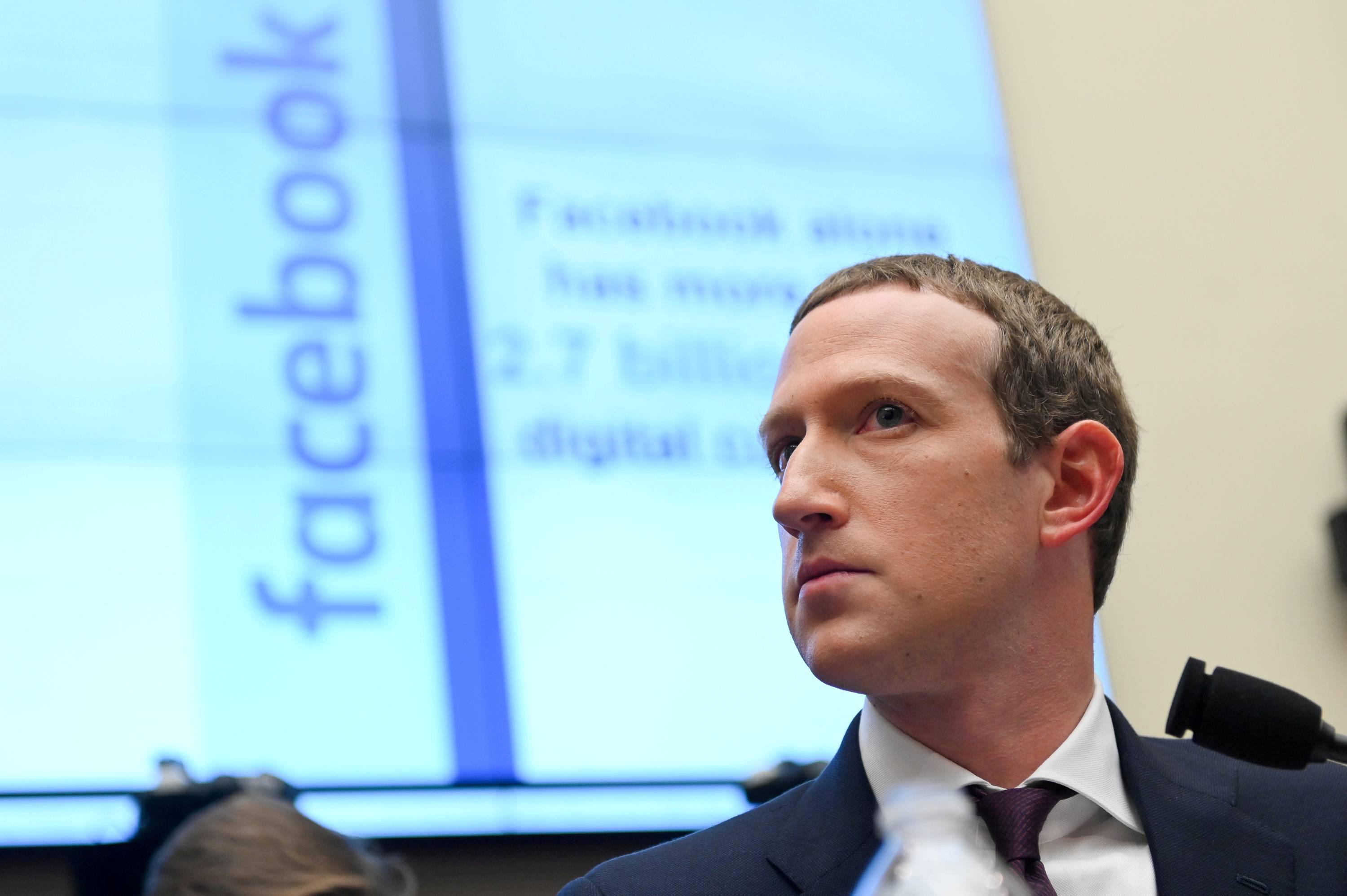In 2012, when Instagram was two years old, with 13 employees and no obvious path to profitability, Zuckerberg knew that the fast-growing photo app was a potential threat to Facebook Inc.’s social media dominance. "Instagram can hurt us,” he wrote in an email. In an internal discussion about whether to buy Instagram — and other startups that might one day pose a threat to Facebook’s social media monopoly — he added, "The basic plan would be to buy these companies and leave their products running while over time incorporating the social dynamics they’ve invented into our core products.”
Kevin Systrom, Instagram’s co-founder, knew something, too. He knew that angering Zuckerberg might cause the "wrath of Mark” to come down on his still-fragile company and cause Facebook’s founder to go into "destroy mode,” as he put it in a text message to one of Instagram’s early investors. Yes, Instagram might one day become a significant competitor to Facebook — but it was also possible that Facebook would clone Instagram’s technology and put the startup out of business. So in April 2012, when Zuckerberg offered to pay $1 billion for the company, Systrom and the Instagram board said yes.
But when it sought to get the deal approved by the Federal Trade Commission in the U.S. and the Office of Fair Trading in the U.K., Facebook argued with a straight face that there was plenty of competition from other photo apps like Camera Awesome. And the two government agencies were also convinced that because Instagram had no revenue, a merger with Facebook wouldn’t meaningfully add to its market share. The two regulators took only four months to approve the deal. But of course they didn’t know what Zuckerberg and Systrom knew.

















With your current subscription plan you can comment on stories. However, before writing your first comment, please create a display name in the Profile section of your subscriber account page.